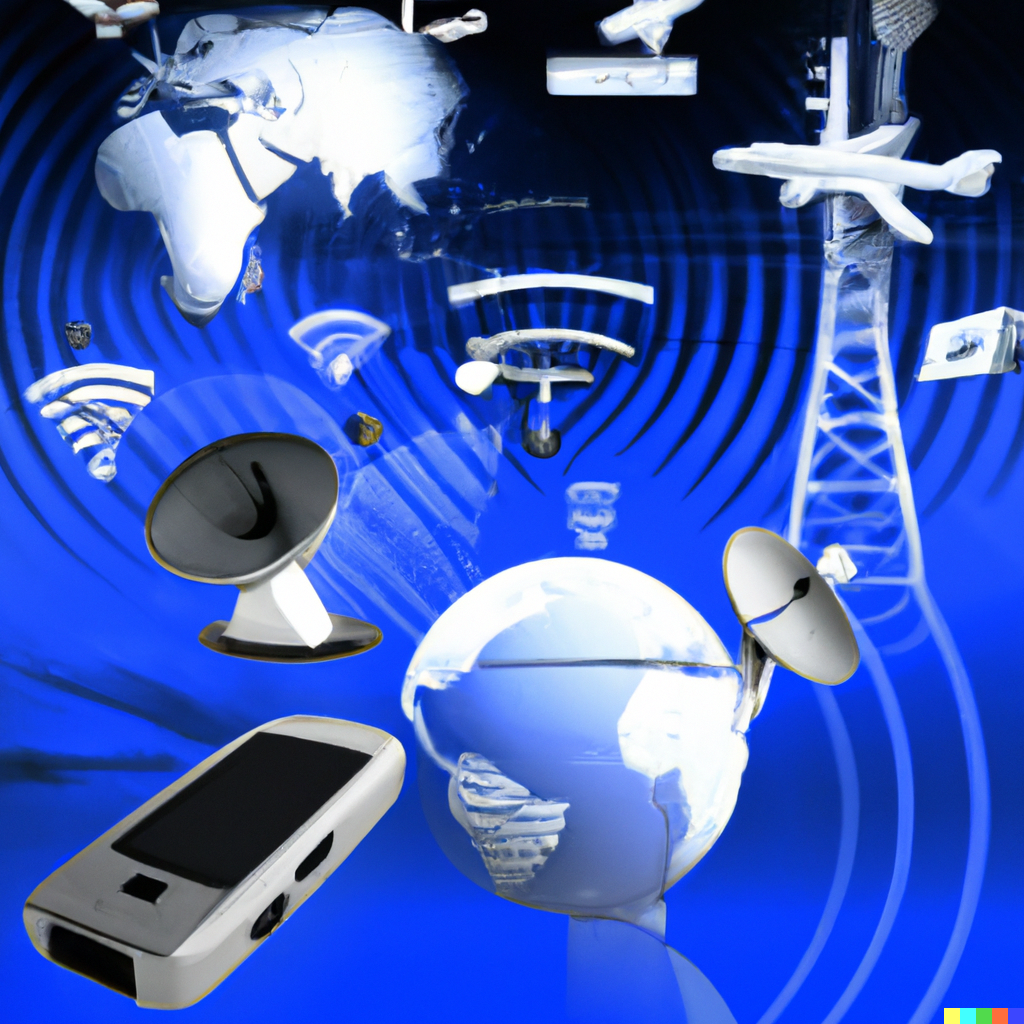October 01 |

In today’s hyper-connected world, communications technology (CommTech) forms the backbone of how individuals, organizations, and societies share information. From the invention of the telegraph to the rise of 5G networks and beyond, CommTech continues to shape economies, cultures, and human interactions at lightning speed.
This article explores what CommTech is, why it matters, and where it’s headed.
Communications technology refers to the tools, systems, and platforms used to transmit, receive, and process information. It encompasses a wide range of technologies, including:
Essentially, CommTech bridges the gap between data and people, making communication faster, more efficient, and more accessible.
CommTech enables people across continents to communicate instantly. Businesses collaborate globally, families stay connected, and news spreads in real-time.
From remote work platforms to e-commerce, CommTech fuels productivity, efficiency, and innovation. According to McKinsey, digital communication tools have added trillions to the global economy.
Platforms like WhatsApp, Zoom, and social media help build communities, movements, and cultural exchange. However, they also raise issues of misinformation, digital divides, and privacy concerns.
Distance learning, telemedicine, and online collaboration tools demonstrate how CommTech extends opportunities and essential services to underserved regions.
Despite its benefits, communications technology faces pressing challenges:
Looking ahead, we can expect:
The convergence of these technologies suggests a future where communication is not just about exchanging words, but experiencing information in multidimensional ways.
Communications technology has come a long way—from simple Morse code dots and dashes to high-speed AI-driven conversations. It underpins nearly every aspect of modern life, from business to education to social connection.
As CommTech evolves, the challenge is not just to innovate, but to ensure these tools are used responsibly, inclusively, and sustainably. The next generation of communications technology will not only connect devices—it will connect humanity itself in ways we are only beginning to imagine.
SHARE THIS:
© Copyright 2025Global AI AwardsAll Rights Reserved